Address
2 Porters Mews
Codicote, Hertfordshire SG4 8US
Send An Enquiry
info@manufacturingsolution.co.uk
Address
2 Porters Mews
Codicote, Hertfordshire SG4 8US
Send An Enquiry
info@manufacturingsolution.co.uk
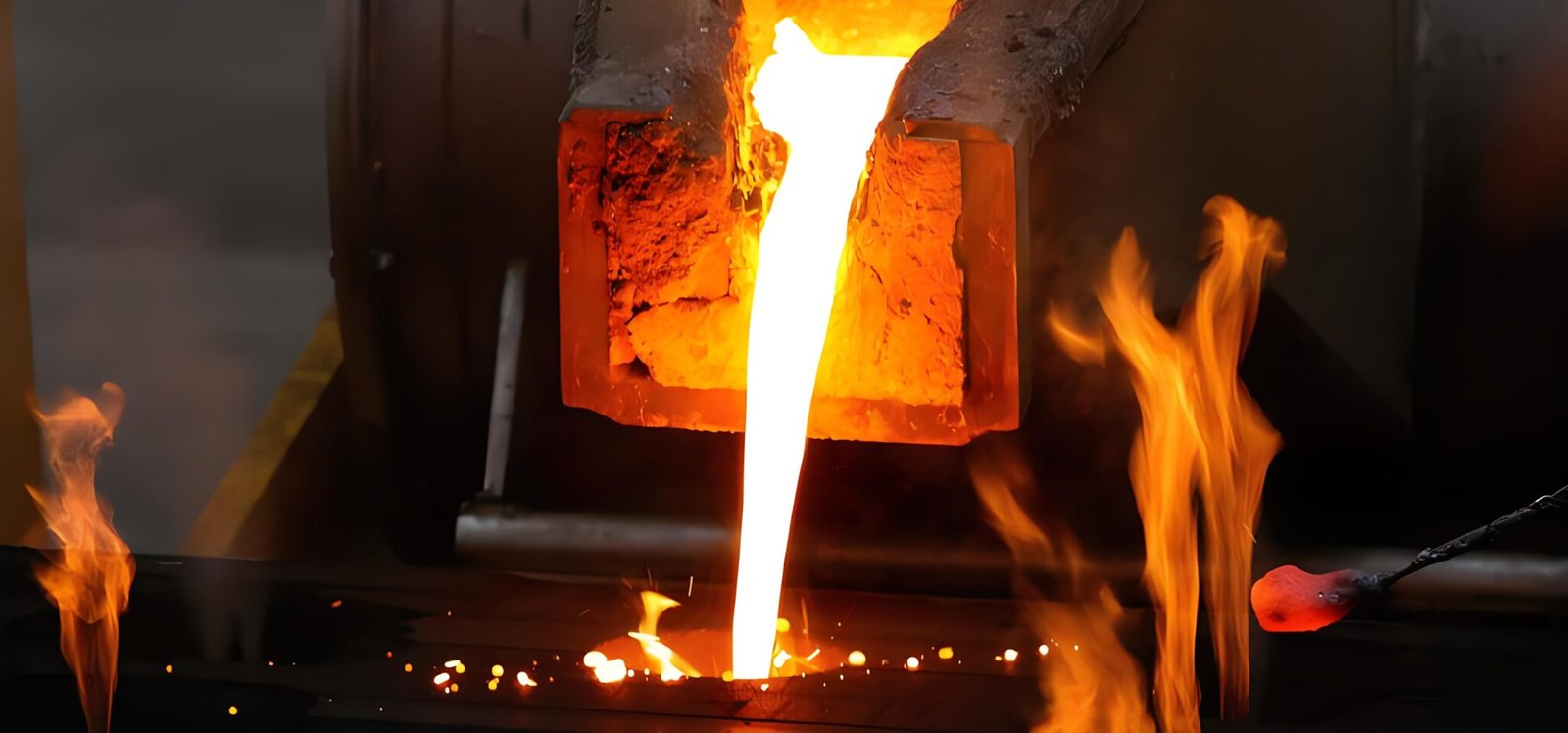
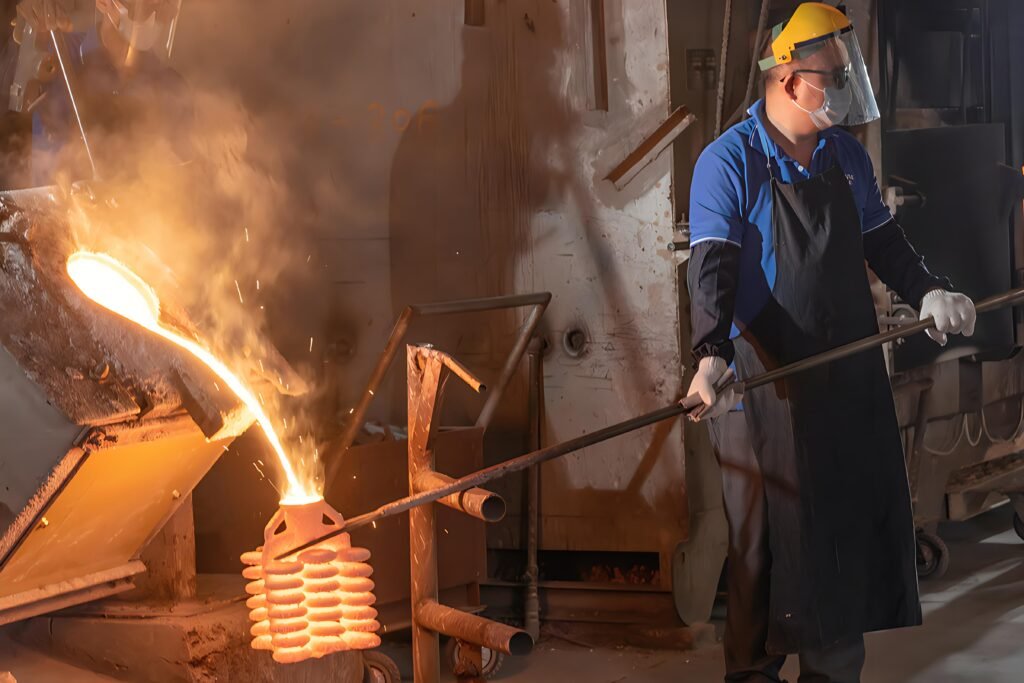
The evolution of China investment casting is a reflection of the nation’s swift industrialisation and commitment to innovation. While investment casting boasts ancient origins, modern China investment casting practices began to evolve significantly in the late 20th century. Following economic reforms in the 1980s, China focused on enhancing its manufacturing sector and technological capabilities, which included the adoption and refinement of investment casting techniques.
During the early 2000s, as China’s manufacturing sector burgeoned, so too did its prowess in investment casting. The country made substantial investments in new technologies and research, driving enhancements in both the precision and efficiency of the casting processes. This period also witnessed the rise of numerous foundries across China, particularly in industrial strongholds like Shanxi, Hebei, Shandong and Jiangsu provinces. These foundries not only met domestic demands but began serving international markets as well, providing cost-effective solutions without sacrificing quality.
This historical progression has elevated China to a leading position within the global investment casting industry, where it continues to innovate and broaden its impact. Today, investment casting facilities in China rank among the most sophisticated globally, featuring state-of-the-art technologies and managed by highly skilled professionals. This advancement has not only spurred domestic growth but has also cemented China’s role as an essential part of the global manufacturing supply chain.
Investment casting, also known as precision casting, is a manufacturing process that allows for the creation of complex, detailed components with exceptional accuracy. The process involves creating a wax model, which is then encased in a ceramic shell. Once the shell hardens, the wax is melted away, leaving a hollow mold into which molten metal is poured. After the metal solidifies, the ceramic is broken off to reveal the final product.
A wide range of materials can be used in investment casting, including stainless steel, aluminum, carbon steel, and various specialty alloys. This versatility makes investment casting suitable for producing components in industries such as aerospace, automotive, railway, construction and mining, engineering facilities and machineries, as well as medical devices. China investment casting, in particular, leverages these capabilities to manufacture high-precision parts that are integral to numerous global industries, highlighting the country’s expertise and innovation in this field.

The history of China investment casting traces back several decades, evolving significantly to become a cornerstone of modern manufacturing within the region. The roots of investment casting in China are deeply intertwined with the country’s broader industrial growth, which accelerated notably post-1949. Early efforts were primarily focused on basic manufacturing capabilities, but by the 1970s and 1980s, as economic reforms took hold, China began to expand its technological and industrial base at an unprecedented rate.
With the implementation of the Open Door Policy in the late 1970s, China’s manufacturing sector, including China investment casting, began to modernise rapidly with the introduction of foreign technologies and processes. This period marked a significant shift towards more advanced manufacturing techniques, which included precision casting methods. By the late 20th century, China investment casting had started to establish a firm foothold, benefiting from ongoing national emphasis on enhancing manufacturing technology and infrastructure.
The 1990s and early 2000s saw substantial advancements in the China investment casting industry. During this era, Chinese foundries adopted more sophisticated technologies and refined their casting processes. This was also the time when China began to integrate more fully into the global market, establishing itself as a key player in the investment casting industry. Foundries across China, particularly in industrial hubs such as Shandong, Jiangsu, and Zhejiang, began to cater not only to the domestic demand but also to an expanding international clientele, offering high-quality castings at competitive prices.
The growth of China investment casting was not just about expanding capacity but also about enhancing quality. The industry’s development has been supported by significant investments in research and development, leading to improvements in both the materials used and the precision of the casting processes. This focus on quality and innovation has allowed China investment casting to meet and often exceed international standards, making Chinese foundries preferred partners for global industries requiring intricate and reliable metal components.
Today, China investment casting stands as a testament to the country’s industrial strategy and its ability to adapt to and innovate within the evolving landscape of global manufacturing. This sector continues to grow, driven by China’s strong manufacturing ecosystem, skilled workforce, and forward-thinking governmental policies aimed at further boosting technological advancements and market expansion.
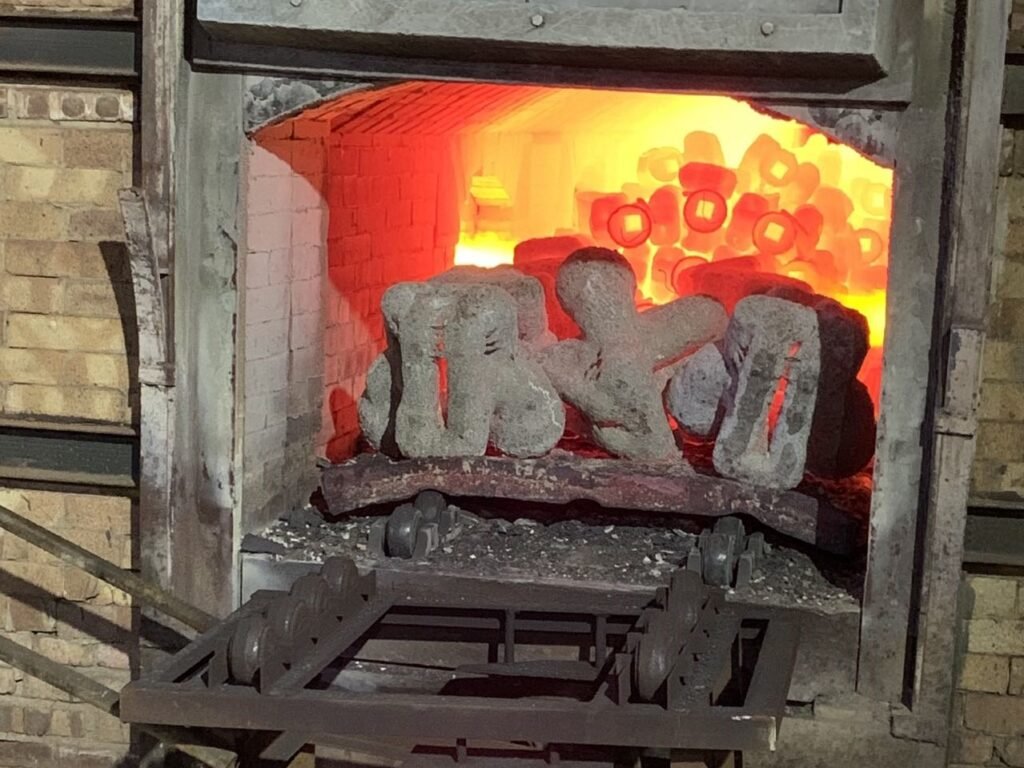
The current state of China investment casting reflects a mature, highly integrated sector that plays a pivotal role in both the national and global manufacturing landscapes. Over the years, China has established itself as one of the largest producers of investment castings in the world, driven by continuous advancements in technology and substantial investment in capacity expansion.
Today, China investment casting foundries are equipped with state-of-the-art technology that allows for the production of high-quality castings with complex geometries and exacting tolerances. The industry benefits from advanced robotics, automation, and computer-aided design and manufacturing technologies (CAD/CAM), which enhance both the precision and efficiency of the casting processes. This technological edge, combined with a large, skilled engineers, allows Chinese foundries to operate at large scales while maintaining high standards of quality and performance.
Moreover, the industry’s growth is supported by a robust supply chain that includes numerous specialised suppliers of raw materials, such as high-grade metals and alloys, which are essential for producing superior-quality castings. This integration ensures that China investment casting operations can quickly adapt to changing market demands and maintain a competitive edge in terms of production speed and cost.

China investment casting also benefits from a strong domestic market that includes rapidly growing sectors such as automotive, aerospace, and electronics, all of which demand precision components. This internal demand propels further growth and innovation within the sector, encouraging foundries to continually improve their capabilities and explore new applications for investment casting.
On the international stage, China investment casting continues to expand its footprint. Chinese foundries have become key suppliers to many global companies, providing critical components that meet rigorous international standards. This global reach is facilitated by China’s comprehensive logistics networks and its strategic trade agreements, which help to streamline export processes and reduce barriers to international trade.
Environmental considerations are also increasingly shaping the industry. In response to both domestic and international environmental regulations, China investment casting foundries are implementing greener manufacturing practices. These include investing in energy-efficient technologies and waste reduction techniques, which not only help to protect the environment but also reduce operational costs and improve the overall sustainability of the casting processes.
China investment casting has seen significant technological advancements and innovations, particularly in the equipment used at each stage of the casting process. These advancements have not only improved efficiency and productivity but also reduced labour requirements and enhanced the overall quality of the final products. Here’s a closer look at the advanced equipment integral to China investment casting:
The integration of these advanced technologies into the China investment casting process represents a significant leap forward in terms of efficiency, quality, and capability. These innovations not only keep Chinese foundries competitive internationally but also cater to the increasingly complex and demanding requirements of industries reliant on precision cast components. As China continues to invest in and adopt new technologies, its investment casting sector is set to remain at the forefront of manufacturing excellence.
As China investment casting continues to evolve, it is important to assess how it stacks up against global standards, particularly those set by leading industries in Europe, the USA, and Japan. This comparison not only highlights the strides China has made in aligning with international practices but also sheds light on areas for future improvement.
Quality and Precision: China investment casting has made significant advancements in quality and precision, largely due to technological innovations and stringent quality control measures. Chinese foundries often adhere to international standards such as ISO 9001 for quality management systems, ensuring that products meet rigorous global expectations. The precision of Chinese cast parts is now comparable to that produced in Western countries, thanks to advanced machinery and improved manufacturing techniques.
Material Standards: In terms of materials used, China investment casting foundries have access to a wide range of high-quality metals and alloys, comparable to those used internationally. The standards for these materials typically align with global specifications such as ASTM, AISI, and DIN, ensuring that the physical and chemical properties of cast components meet universal criteria for strength, durability, and corrosion resistance.
Environmental Compliance: Environmental standards are an area where China has been playing catch-up with the West. However, recent years have seen a significant shift towards greener manufacturing practices. China investment casting foundries are increasingly adopting cleaner technologies and waste management practices that comply with international environmental regulations like those enforced in the European Union.
Innovation and R&D: China is rapidly closing the gap in innovation and research and development (R&D) capabilities. Significant investments in R&D by both the government and private sectors are propelling China forward. Chinese foundries are not only following global trends but are also setting new ones, particularly in the areas of automation and the use of artificial intelligence (AI) in casting processes.
Certification and Standards Compliance: Many Chinese foundries hold international certifications such as ISO 14001 for environmental management and IATF 16949 for automotive quality management. These certifications are a testament to China’s commitment to aligning with global best practices and standards.
Cost Competitiveness: While China continues to offer competitive pricing, the focus has shifted from being primarily cost-driven to a balanced emphasis on quality and cost-efficiency. This approach has helped Chinese foundries remain attractive to international clients who are not just looking for low costs but also high-quality, reliable casting solutions.
Opting for China investment casting offers a multitude of advantages, particularly for companies looking to balance cost-effectiveness with high-quality production capabilities. Here’s why businesses globally are turning to Chinese foundries for their casting needs:
Cost-Effectiveness: One of the most compelling reasons to choose China investment casting is its cost-effectiveness. Chinese foundries benefit from economies of scale and streamlined production processes, which significantly reduce manufacturing costs. These savings are often passed on to the customer, providing an attractive price point without compromising on quality. Additionally, ongoing improvements in process efficiency and automation have enabled Chinese foundries to maintain competitive pricing even while adhering to higher quality standards.
Advanced Manufacturing Capabilities: Over the years, China has heavily invested in upgrading its manufacturing infrastructure. Today, Chinese foundries are equipped with state-of-the-art technology and machinery that enable the production of precision cast parts to exact specifications. This level of capability ensures that products are not only cost-effective but also meet the high standards required by industries such as aerospace, automotive, and medical devices.
Quality Assurance: China investment casting is synonymous with strict quality control. Many Chinese foundries operate under international quality standards such as ISO 9001 and ISO/TS 16949, ensuring that every casting produced meets global quality benchmarks. Regular audits and inspections are part of the routine, guaranteeing consistency and reliability in the final products.
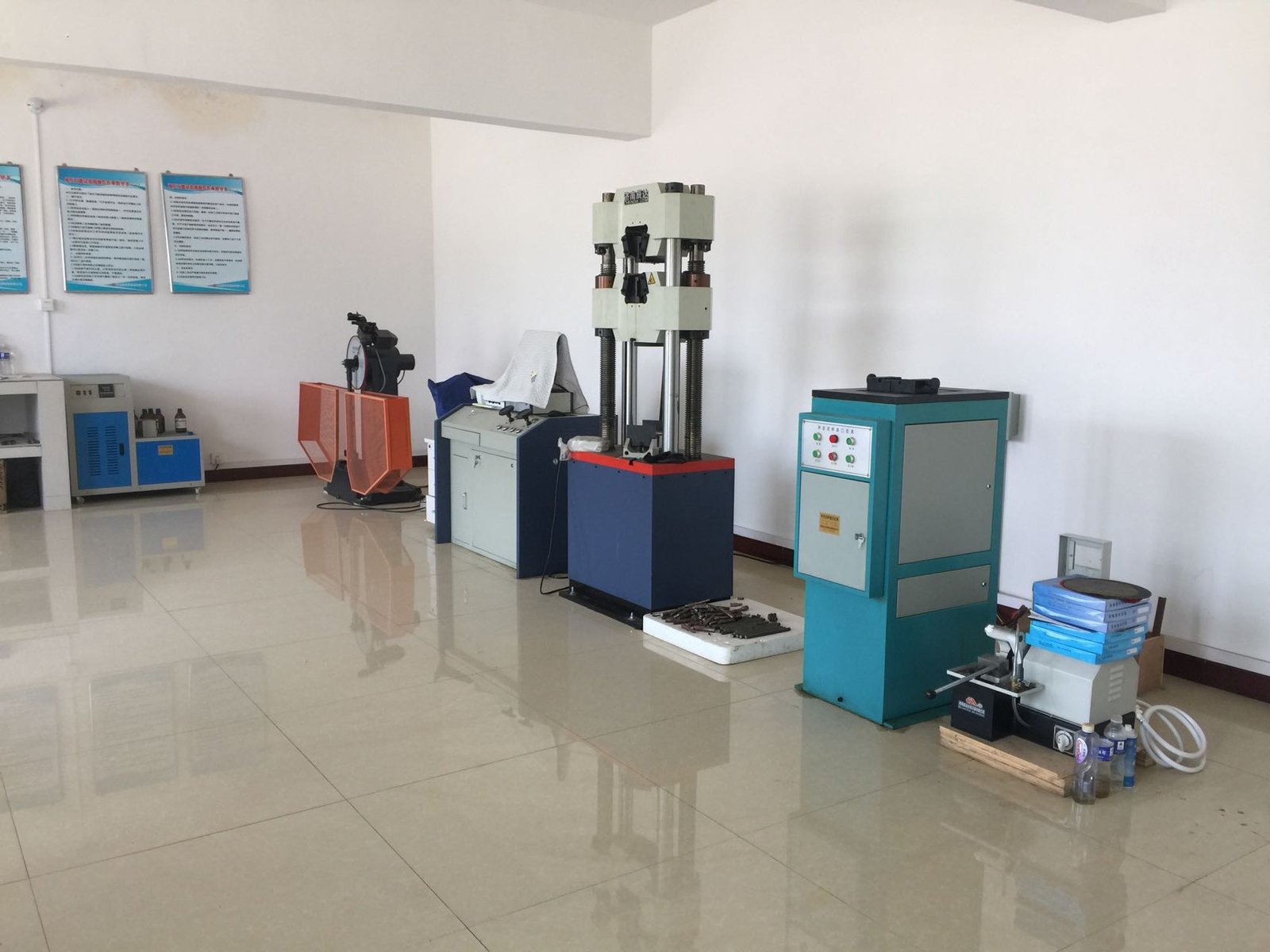
Rapid Production Turnaround: The scale and efficiency of operations in China also contribute to faster production turnaround times. The integration of automated systems and lean manufacturing practices means that projects can be completed quickly, reducing lead times and enabling faster time-to-market for products.
Comprehensive Solutions: Chinese investment casting services often include additional value-added services such as machining, finishing, and assembly, providing a comprehensive solution from a single source. This holistic approach not only simplifies the supply chain but also reduces logistical expenses and administrative overheads, further enhancing the cost-effectiveness of the overall project.
Skilled Workforce: China has a large, skilled workforce well-versed in the nuances of investment casting. Continuous training and development ensure that the workforce stays at the forefront of technological and industrial advancements, ready to tackle complex and intricate casting demands.
Strategic Global Shipping: With its strategic location and well-established logistics networks, China offers efficient global shipping options that make it easier and more cost-effective to distribute products worldwide. This logistical advantage is crucial for businesses looking to minimise shipping time and costs.
While partnering with China for investment casting offers numerous benefits, several challenges can arise, potentially impacting the success of international collaborations. These challenges include communication issues, cultural differences, language barriers, and complexities in quality inspection and compliance with international standards. Here, we explore how a UK-China partnership, facilitated by A & M Manufacturing Company Ltd, can effectively address these challenges and enhance the benefits of sourcing from China.
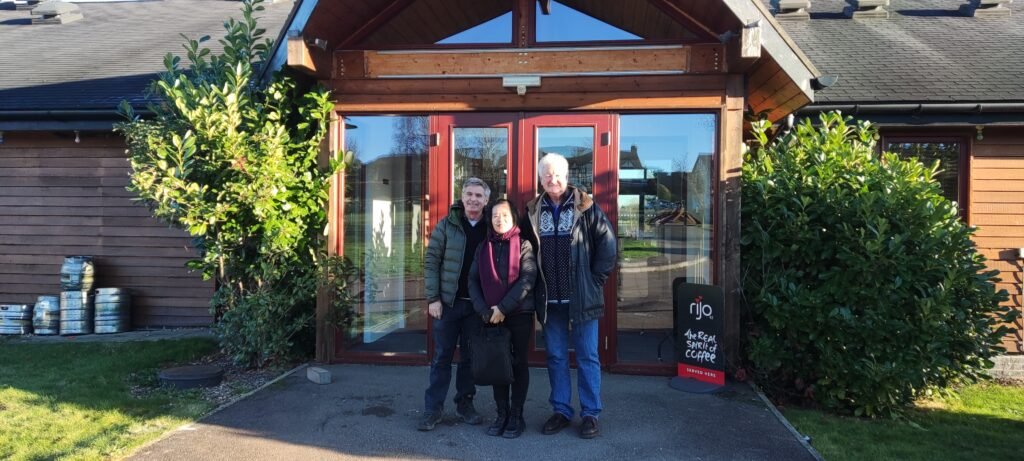
Communication and Cultural Differences: One of the primary hurdles in any international partnership is the potential for communication gaps and cultural misunderstandings. A & M Manufacturing Company Ltd, with its deep understanding of both UK and Chinese business practices, acts as a bridge that smooths out these differences. Our bilingual team ensures clear communication and cultural alignment, which is crucial for maintaining strong, productive relationships and ensuring that project specifications are clearly understood and met.
Language Barriers: Operating in a foreign language can often lead to miscommunications that might affect the quality and accuracy of the investment cast products. A & M Manufacturing Company Ltd mitigates this risk by providing translation and interpretation support, ensuring that all technical and commercial dialogues are correctly understood and that documentation is accurately translated.
Quality Inspection and Compliance: Ensuring that products meet the stringent quality standards required in the UK and other international markets is another significant challenge. A & M Manufacturing Company Ltd employs rigorous quality control processes at both the sourcing stages in China and upon arrival in the UK. Our quality assurance measures include detailed inspections and compliance checks that adhere to both local and international standards.
Risk Management: Managing the risks associated with international trade, such as logistical delays, customs issues, and compliance with export and import regulations, is vital. A & M Manufacturing Company Ltd provides expert risk management strategies that ensure smooth operations and mitigate potential setbacks. This proactive approach is key to maintaining schedule integrity and project budgets.
UK Stockholding Facilities: One of our unique advantages is our UK-based stockholding facilities, which allow us to offer reduced lead times and greater flexibility in order delivery. This service is particularly beneficial for clients who require just-in-time delivery schedules or who wish to minimise their stock levels to reduce costs.
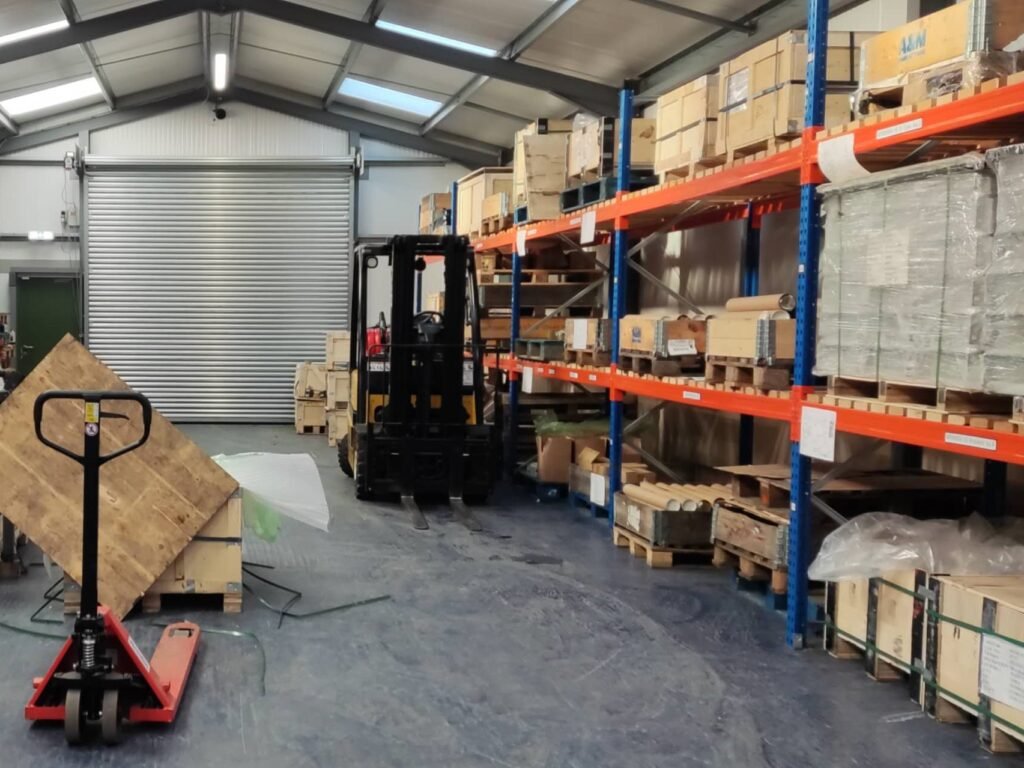
Understanding Customer Requirements: With years of experience in serving diverse markets, A & M Manufacturing Company Ltd excels in understanding and meeting specific customer requirements. Our expertise in both the UK and Chinese markets allows us to provide tailored solutions that precisely meet the needs of our clients, ensuring customer satisfaction and long-term loyalty.
In conclusion, while there are challenges in forming a successful international partnership for China investment casting, the strategic alliance between A & M Manufacturing Company Ltd and our Chinese partners successfully overcomes these obstacles. By leveraging our unique advantages, including local understanding, quality assurance, risk management, and UK stockholding facilities, we provide seamless, high-quality products and services to our global customers, enhancing the benefits of sourcing investment castings from China.